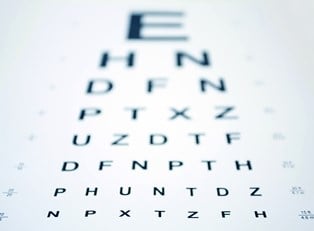Cataracts are most commonly an unavoidable aspect of getting older, but despite their “natural” origins, they’re still a debilitating condition that can leave a person’s eyesight in very poor condition. There are three primary types of cataracts, which means that there will be some variation in symptoms among patients, but these are the most common ones that people experience.
- Cloudy Vision
One of the earliest signs of cataracts is slightly fuzzy or cloudy vision. This normally begins rather innocuously and mildly, but over time the sensation begins to worsen. When things start to get severe, this cloudiness will morph into full-blown dimness of vision.
- Myopic shift
A myopic shift refers to a phenomenon in which a patient who originally had no problem seeing far away is no longer able to do so. Additionally, patients with this condition become better at seeing things close up. However, this is only temporary, and most find that their vision begins to deteriorate further after a few weeks.
- Night Blindness
If a patient with no history of poor vision at night finds that it’s beginning to get worse, this could be a sign of cataracts. Night blindness can make things like driving a car difficult and dangerous, as it’s harder to see road obstructions, and headlights become much more bright and glare-inducing.
- Double Vision
Seeing double is often a sign of cataracts in their early stages. Paradoxically, this condition may actually improve as the cataract progresses.
- Eye discoloration
The eye’s lens typically begins to turn a dark yellow or brownish color as a cataract progresses, and this discoloration can actually cause patients to see things with a colored hue. As with cloudy vision, this discoloration often begins subtly but becomes more severe with time.



